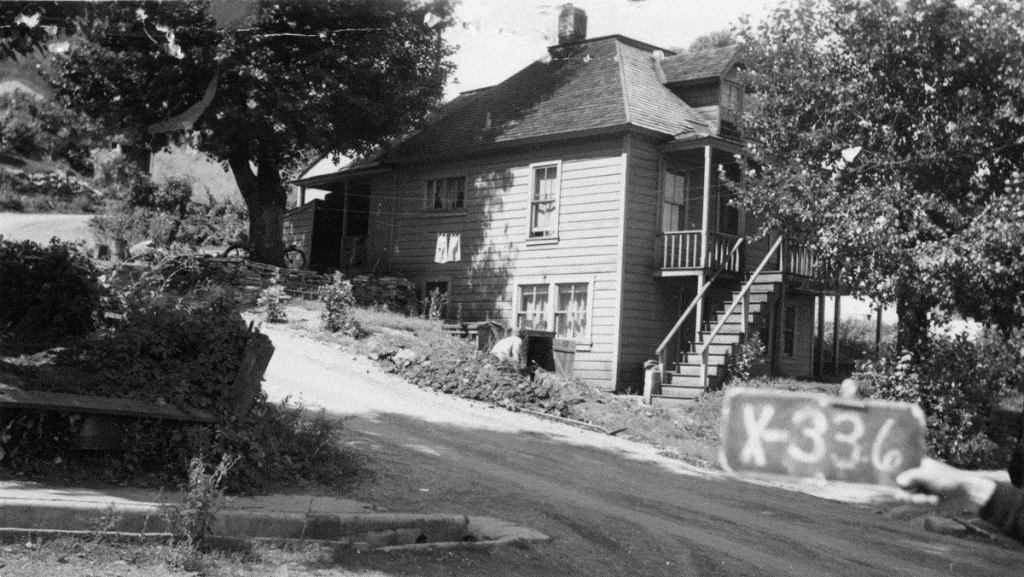Quarantine as we understand it was first implemented in Venice in the mid-14th century. In an effort to prevent the spread of the deadly bubonic plague pandemic known as the Black Death, Venetian authorities required ships to stay at anchor for forty days (quaranta giorni) rather than dock and come ashore.
By the mid-19th century, quarantine practices, though varied, were widespread throughout the United States and the rest of the world. Common diseases requiring quarantine included diphtheria, smallpox, and scarlet fever. With the blossoming understanding and study of germs in the scientific world, quarantine laws were adapted to fit the disease, location, and needs of the communities to which they applied.
Park City passed an ordinance in 1888 that provided for a board of quarantine. When a doctor discovered a highly contagious or dangerous disease in a patient, he would immediately implement quarantine procedures on the patient and his family or living quarters in order to slow or stop the spread of the disease. Often, though not always, yellow flags were placed outside the quarantined buildings.
The city took quarantine seriously. During a smallpox outbreak in 1901, a boarding house and all of its residents and managers were among the sites quarantined. One night, a small group of boys snuck into the boarding house, intending “to pay the two girls there a visit,” before heading to a community dance. They were discovered shortly after gaining entry and were not allowed out of the building, confined there until the quarantine was lifted at a later date.
Though considered eradicated since 1980, smallpox reared its sometimes-deadly head periodically throughout the early twentieth century. Park City saw a few local cases in 1905, though at least one was falsely reported. That December, the Park Record published a notice that Frank T. Jones had contracted smallpox, necessitating he and his family remain quarantined in their house at 803 Norfolk Avenue.

Credit: Park City Historical Society and Museum, PCHS Tax Photo Collection
The paper published a retraction a week later. “The Record was misinformed regarding Mr. Frank Jones having the small pox,” a small article noted. “Mr. Jones is well and hearty and looking after the wants of his patrons with the same care and attention as ever.”
Presumably, Jones’s business had suffered in the week following the notice of his nonexistent illness. The Record sought to make amends. In addition to being in perfect health, the paper reported, he also “has a large line of picture mouldings and is prepared to make frames of all kinds and sizes on the shortest notice. Give him an order.” Jones’s house at 803 Norfolk is one of several featured in this year’s upcoming Historic Home Tour, hosted by the Park City Museum. Join us for this special one-day-only event this Saturday, June 23, from 10am until 3pm. Catch a glimpse of Park City’s past and see how today’s residents make creative use of these historic structures.
Sources:
“History of Quarantine,” CDC, July 31, 2014. https://www.cdc.gov/quarantine/historyquarantine.html, accessed June 2018.
“Improvements Wanted,” Park Record, August 18, 1888.
“Ordinance No. 8,” Park Record, August 6, 1898.
“Not Much of a Joke,” Park Record, March 23, 1901.
“Park Float,” Park Record, December 2, 1905.
“Our,” Park Record, December 9, 1905.